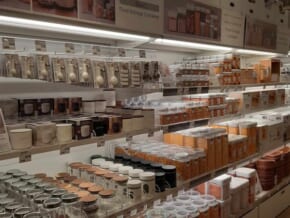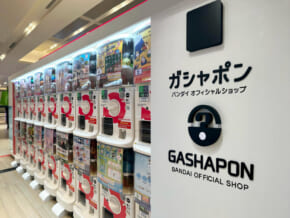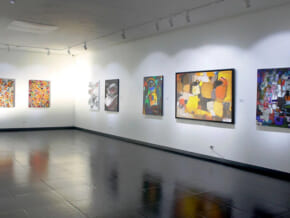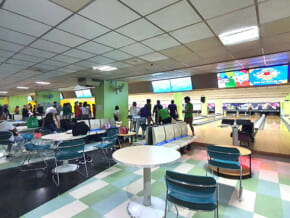Museum Meiji-Mura: Where Japan Meets the West
Museums play a significant role in a country, especially that these establishments aim to preserve relevant pieces of the past. In Japan, various museums let people connect to the past, in the form of tangible items like old architectural figures. Such is the case in Museum Meiji-Mura.
 Everyone will surely enjoy walking while exploring Museum Meiji-mura
Everyone will surely enjoy walking while exploring Museum Meiji-mura
More than 60 historical buildings dominate the vast land of Museum Meiji-Mura, one of Japan’s many outdoor museums that house architectural structures dating back to the Meiji era (1868-1912). In this period, Japanese people welcomed modernization, as seen in the structures incorporating Western styles with Japanese architecture. Simply put, it was the period where there was a rapid progress in Japan.
 Tired of walking? You may use the bus and steam trains that run around the village for an additional fee
Tired of walking? You may use the bus and steam trains that run around the village for an additional fee
The Meiji-Mura is a village separated into five areas. It is a huge complex; it would be impossible to tour the place in just one day. It is an important cultural spot in Inuyama, making it the ideal destination for both educational and tourist trips. To be able to see the whole village you may need to ride a streetcar or a steam train for an additional fee. Walking is also optional.
We were only there for a half-day tour, so we were only able to visit a few establishments. Nonetheless, it was amazing to see well-preserved structures that speak of Japanese history.
St. John’s Church
 This castle-like church is a popular spot in the Meiji-mura village
This castle-like church is a popular spot in the Meiji-mura village
The first establishment we went to was the St. John’s Church. This castle-like structure built in 1907 was made with Roman and Gothic design, which are European art style seen through its pointed arches and brick gothic walls. Inside, it features Japanese design that is appropriate to the climate of Kyoto.
Reception Hall of Marquis Tsugumichi Saigo House
 You can go inside and see how Tsugumichi Saigo’s house looked like before
You can go inside and see how Tsugumichi Saigo’s house looked like before
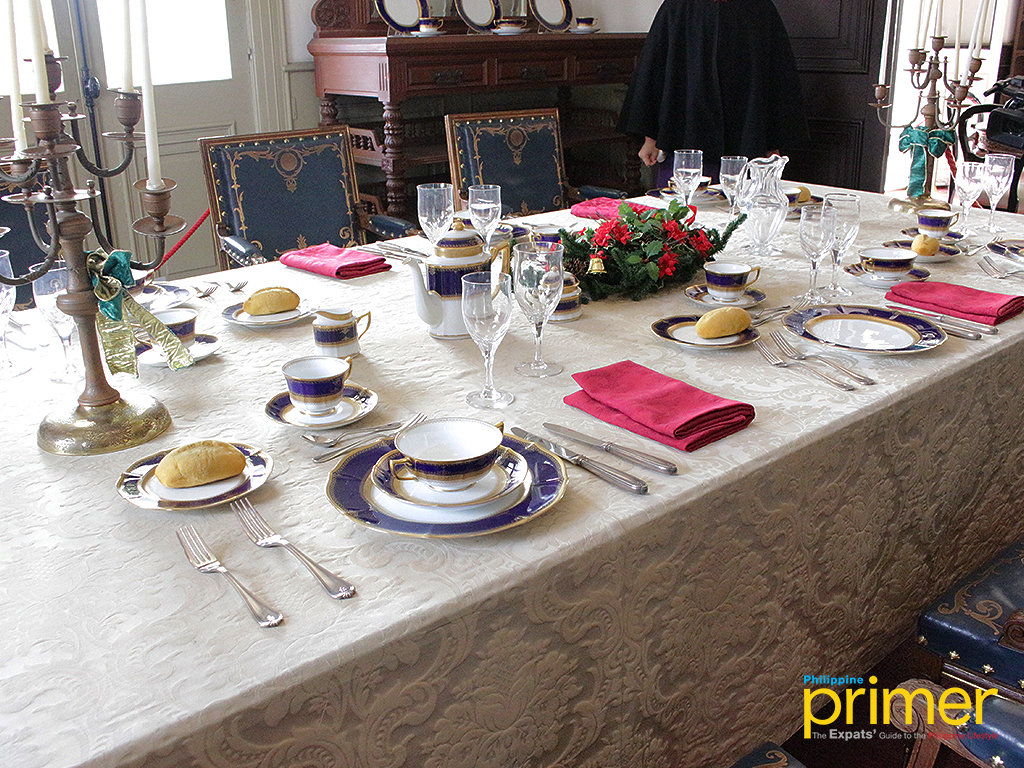 You may take a seat and act like you’re invited to a fancy dinner!
You may take a seat and act like you’re invited to a fancy dinner!
Another building that characterizes Western-style of architecture is Marquis Tsugumichi Saigo’s residence. Saigo was a distinguished military man, who held important positions in the Japanese government. His residence was designed by a French architect. The interiors are heavily influenced by the elegance of European style. There are replicas of its dining area upstairs which will let you picture its former look. Fancy dinnerware and plush seats make up the sophisticated look of the residence.
Tomatsu House
 Go inside the house of a Japanese tradesman!
Go inside the house of a Japanese tradesman!
 Whenever there are special occasions, they serve a feast of Japanese food
Whenever there are special occasions, they serve a feast of Japanese food
This important cultural property is a tradesman’s residence originally located in Nagoya. Inside, one can see the simple structure of the house with narrow passageways and low ceilings. A tour guide is needed prior to visiting inside. You’ll be amazed at how practical this three-storey house is as every nook and cranny has its own purpose.
The Old Imperial Hotel
 The Old Imperial Hotel designed by American architect Frank Lloyd Wright
The Old Imperial Hotel designed by American architect Frank Lloyd Wright
 What’s inside the Old Imperial Hotel
What’s inside the Old Imperial Hotel
One of the most popular buildings in Meiji-Mura is the Old Imperial Hotel, which was previously located in Tokyo. The original building was engulfed by fire in 1922. The second Imperial Hotel was then opened in 1923, designed by American architect Frank Lloyd Wright. It is known as the popular structure that stood against the Great Tokyo earthquake in 1923.
 Our friend, Alya, salutes with an officer at the Meiji-mura village!
Our friend, Alya, salutes with an officer at the Meiji-mura village!
If you’re planning to see the great Museum Meiji-Mura, it is better to place a reservation prior to your visit. Audio guides are also available (with a returnable ¥1,000 deposit) to help you learn about each establishment. Apart from the tours, other attractions are available in the museum such as the Meiji Experience Costume, Yaba Archery and Shateki Shooting, and the Japanese Sweet Shop.
Restaurants, museum shops, and souvenir shops are also available within the premises of Museum Meiji-Mura. Museum Meiji-Mura is accessible by train, bus, and car.
For more information, see the details below.
*Some establishments will require you to remove footwear when going inside its premises.
*Eating or drinking is not allowed in exhibition buildings and vehicles.
Details:
Address: 1 Uchiyama, Inuyama-shi, Aichi Prefecture, Japan
Contact: 0568-67-0314
Website: http://meijimura.com
Email: meiji-info@nrr.meitetsu.co.jp
Cash and select credit cards are accepted as form of payment.
Operating Hours:
March to July, September, October: 9:30 am to 5:00 pm
August: 10 am to 5:00 pm
November: 9:30 am to 4:00 pm
December to February: 10:00 am to 4:00 pm
Note: Museum Meiji-mura is closed on several dates every year. Kindly contact them prior to visiting the museum.
FEES:
Adult: ¥1,700
Senior Citizens (65 years old and above) and University students: ¥1,300
High school age: ¥1,000
Junior High School and Elementary School age: ¥600
How to get here: When going from Nagoya Station, take the Meitetsu Inuyama Line and get off at the Inuyama Station. From there, transfer to a Meitetsu bus which directly goes to Museum Meiji-Mura.
Written by Jastine Valeriano





